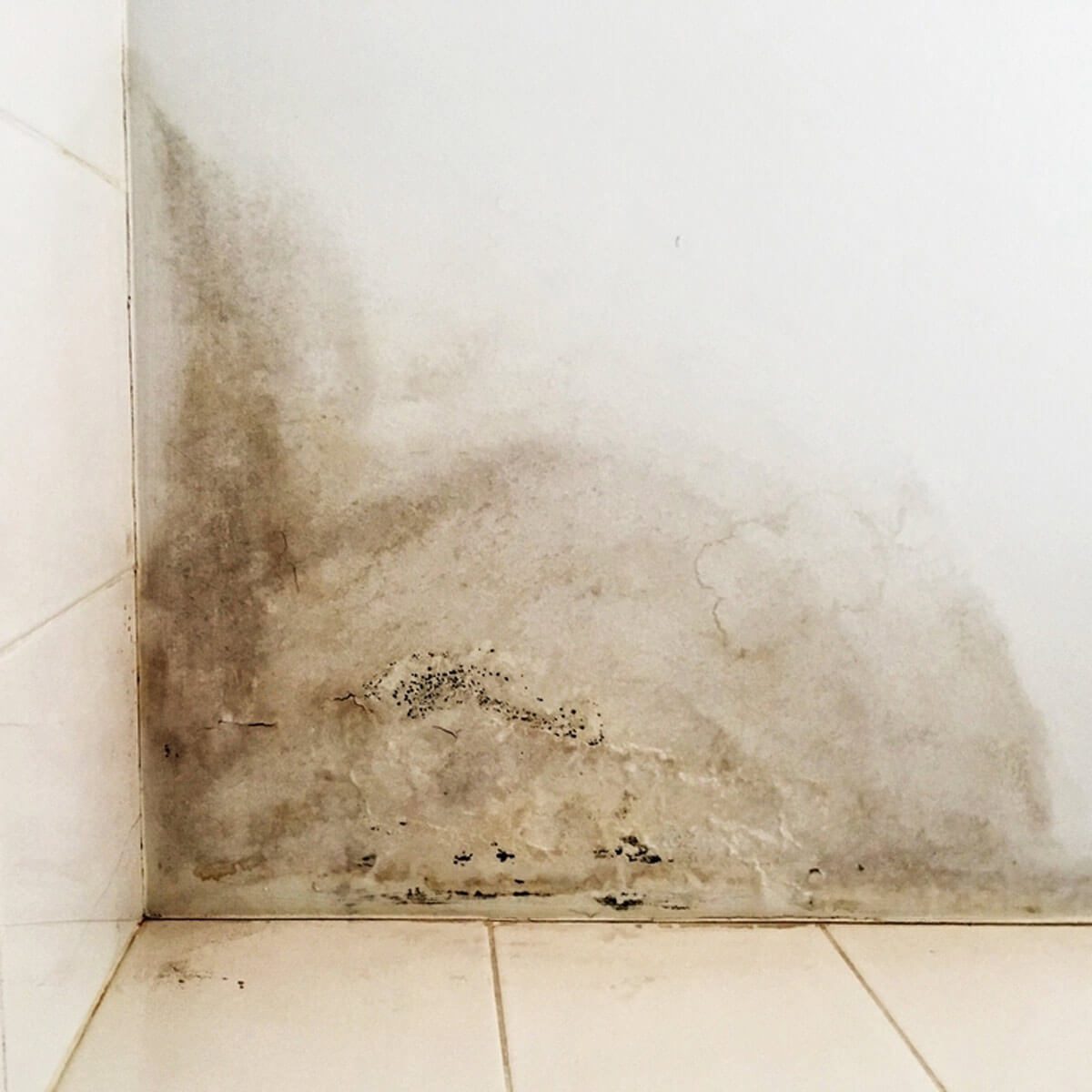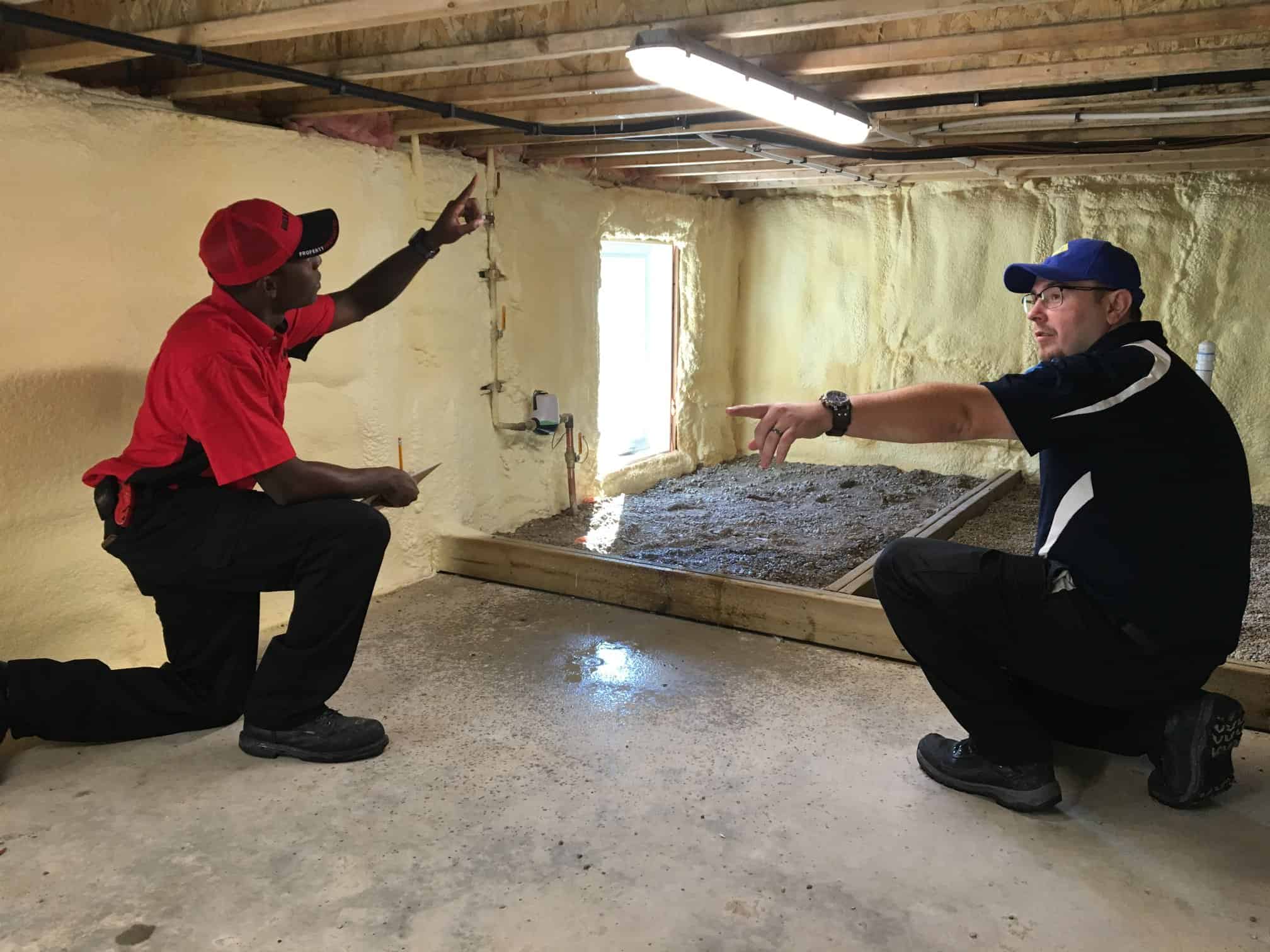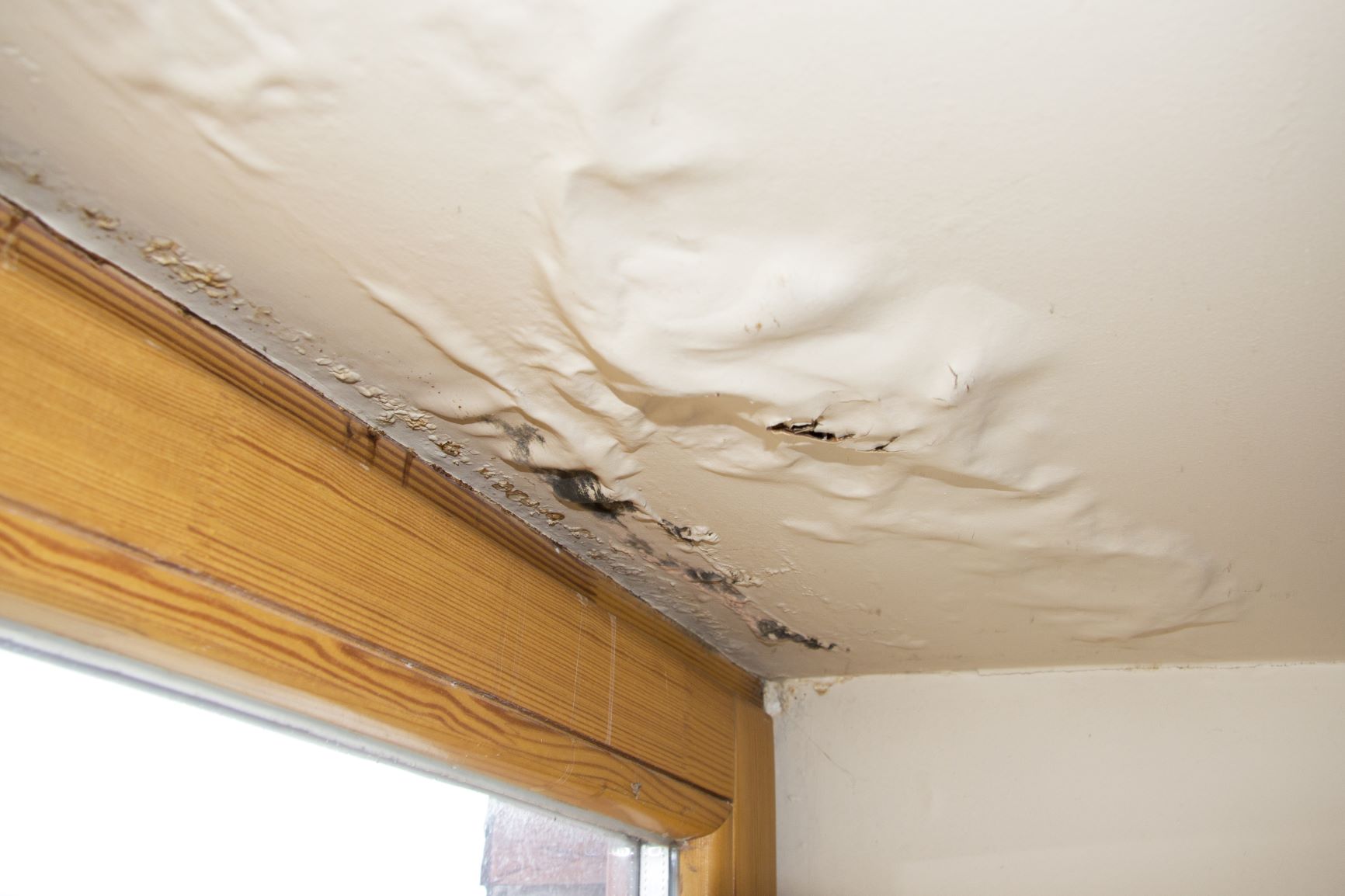Immediate Water Extraction Services to Prevent Structural Damage
Immediate Water Extraction Services to Prevent Structural Damage
Blog Article
The Process of Water Damages Clean-up: Guaranteeing Your Home Is Restored Properly
Water damages can be a difficult difficulty for home owners, demanding a organized and meticulous clean-up process to restore safety and security and performance. damage restoration services. Following this, effective water removal strategies play an essential duty in alleviating additional harm.
Evaluating the Damage
Upon discovering water damages, the very first step is to extensively analyze the level of the impact. This initial analysis is essential, as it helps determine the needed actions for efficient clean-up and restoration. Begin by evaluating the impacted locations, consisting of walls, ceilings, floors, and individual valuables, to determine the source of the water breach, whether from flooding, leakages, or condensation.
Documenting the damage is crucial for both insurance coverage claims and planning reconstruction initiatives - damage restoration services. Usage photos and created notes to catch the extent of the damages, noting any kind of afflicted architectural aspects and materials. Pay special attention to areas that may not be right away noticeable, such as behind walls and under carpets, as concealed dampness can result in further issues, including mold growth
Furthermore, analyze the timeline of the water exposure. The longer the materials stay damp, the better the possibility for damages. Understanding the period of exposure will notify the seriousness of remediation initiatives. Inevitably, a thorough assessment prepares for a successful water damage cleaning process, making certain that all influenced locations are resolved properly and thoroughly.
Water Removal Strategies

Specialists typically utilize submersible pumps for larger volumes of water, which can swiftly alleviate flooding in basements or other influenced areas. For smaller sized amounts, wet/dry vacuums are commonly utilized to draw out residual moisture from rugs and tough surface areas. Furthermore, utilizing portable extractors enables targeted elimination in constrained areas or locations with fragile products.
In circumstances of infected water, such as sewer or floodwater, advanced extraction methods might entail using biohazard devices to guarantee safety and security and compliance with health guidelines. High-powered removal devices are important in minimizing water retention in structural products, which can cause mold development and architectural wear and tear if not dealt with quickly.
Ultimately, the efficiency of water extraction methods plays a critical function in the overall success of the water damage cleanup procedure, preparing for subsequent remediation initiatives.
Drying and Dehumidification
Once standing water has actually been effectively drawn out, the following vital stage in the water damage clean-up procedure is drying out and dehumidification. This action is necessary to prevent further damages and mold and mildew development, which can occur within 24 to 48 hours in moist atmospheres.
To attain effective drying, customized devices such as industrial-grade air moving companies and dehumidifiers is utilized. Air moving companies circulate air throughout damp surface areas, enhancing dissipation rates, while dehumidifiers decrease humidity degrees in the air, promoting a helpful environment for drying. The combination of these devices guarantees that wetness is attracted out from floors, furnishings, and walls, enabling them to dry extensively.
It is essential to keep an eye on the drying out process very closely. Experts typically utilize dampness meters to analyze the moisture content in various materials, making certain that all influenced locations reach appropriate dryness degrees. This thorough approach helps to avoid concealed moisture pockets that might cause structural damage or undesirable mold and mildew growth.

Cleaning and Sanitizing
After the drying and dehumidification phase is total, the following essential action in water damage cleaning is cleaning up and sanitizing the influenced areas. This procedure is essential to stop the growth of mold and mildew, germs, and other pathogens that thrive in damp environments.
The cleaning stage normally includes removing any kind of debris, dust, and pollutants from surfaces making use of specialized cleansing representatives. For tough surface areas, a mix of soap and water or commercial cleaning products is typically employed. Soft materials, such as upholstery and carpetings, might call for more comprehensive cleaning methods, including steam cleaning or deep extraction techniques, to make certain thorough cleanliness.

Sanitizing adheres to cleansing, utilizing EPA-approved anti-bacterials to eliminate hazardous microbes. This action is vital, especially in locations that might have entered into call with floodwaters or sewage, as these sources can pose significant health threats.
Additionally, it is very important to attend to any staying smells, which might require using smell neutralizers or sophisticated strategies like ozone treatment. Appropriate cleansing and disinfecting not just recover the safety and security and hygiene of your home but likewise prepared for successful remediation and repair work in subsequent stages of the water damage clean-up procedure.
Restoration and Repair Work

As soon as the assessment is total, remediation initiatives can begin. This normally includes repairing or changing broken materials, ensuring that all work follows regional building codes and criteria. For circumstances, if drywall has actually been endangered, it will need to be gotten rid of and replaced with brand-new material. Additionally, floor covering might require comparable attention, relying on the level of water direct exposure.
It is essential to involve knowledgeable restoration professionals during this process, as they have the competence to take care of intricate fixings successfully. They can help alleviate possible future issues, such as mold and mildew development or architectural instability, thus ensuring a risk-free and habitable living setting. Ultimately, effective reconstruction and fixings Full Report bring back the home's integrity and improve its general worth.
Conclusion
To conclude, the process of water damages cleanup is critical for bring back a home to its pre-damage problem. Each phase, from analyzing the damage to implementing efficient water extraction strategies, adhered to by detailed drying, sterilizing, and required repair services, plays an important role in making sure security and conformity with structure standards. Reliable implementation of these actions not only reduces instant damages yet likewise improves the long-lasting stability and worth of the building.
Water damages can be a complicated obstacle for homeowners, requiring a structured and careful cleanup procedure to bring back security and functionality. Eventually, an extensive evaluation lays the groundwork for an effective water damages cleaning process, making sure that all affected areas are resolved efficiently and extensively.
Efficient water removal techniques are necessary in minimizing damage and preventing further problems complying with a water intrusion event.In verdict, the procedure of water damages cleaning is important for restoring a home to its pre-damage condition. Each stage, from analyzing the damage to implementing effective water extraction techniques, adhered to by comprehensive drying, disinfecting, and required repairs, plays a necessary function in ensuring security and compliance with structure standards.
Report this page